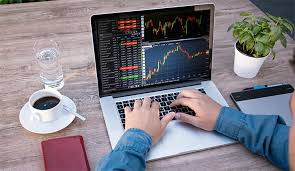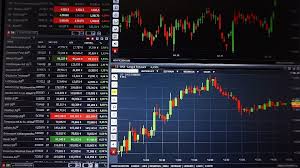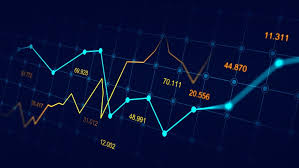
Understanding Forex Futures Trading: A Comprehensive Guide
Forex futures trading is a fascinating area of financial markets that attracts both seasoned and novice traders. This method allows participants to trade currency pairs with a set expiration date and price, enabling them to hedge against future price movements or speculate on currency trends. Today, we’re diving deep into the intricacies of Forex futures trading and exploring how one can navigate this complex landscape effectively. For more valuable insights into trading, you can visit forex futures trading islamic-fxtrading.com.
What Are Forex Futures?
Forex futures are standardized contracts that obligate buyers to purchase, and sellers to sell, a specific amount of currency at a predetermined price on a specific date in the future. Unlike spot currency trading, where transactions occur in real-time, futures trading involves a fixed delivery date. This feature makes it an attractive option for hedgers and speculators alike.
The Benefits of Forex Futures Trading
Trading Forex futures comes with several advantages:
- Leverage: Futures contracts provide high leverage, allowing traders to control larger positions with a smaller amount of capital. This can amplify both gains and losses.
- Liquidity: The Forex futures market is highly liquid, with significant trading volumes. This liquidity facilitates smoother transactions and tighter bid-ask spreads.
- Transparency: Futures exchanges are highly regulated, ensuring fair pricing and transparent market practices.
- Hedging Opportunities: Businesses can use futures to hedge against currency fluctuations, thus minimizing their exposure to risk.
How Forex Futures Trading Works
Traders in the Forex futures market buy and sell contracts through exchanges like the Chicago Mercantile Exchange (CME). Each contract represents a specific amount of currency, such as 100,000 units for the Euro (EUR) or the British Pound (GBP).

When a trader enters a Forex futures contract, they agree on the price and the expiration date. The value of the contract fluctuates based on the underlying currency’s market rate, allowing traders to realize gains or losses before the contract expires. At expiration, contracts can be settled in cash or deliverable forms, depending on the agreement.
Key Terms in Forex Futures Trading
Before delving deeper into strategies and methods, it’s important to understand some key terms associated with Forex futures trading:
- Margin: The amount of capital required to open a position in the futures market. This is a fraction of the total contract value.
- Contract Size: The standard quantity of a specific currency that a futures contract represents.
- Expiration Date: The last trading day on which the futures contract is valid.
- Settlement: The method by which a futures contract is resolved at expiration, be it cash or physical delivery.
Strategies for Trading Forex Futures
Many different strategies can be employed in Forex futures trading, depending on your risk tolerance, market outlook, and trading style. Here are some popular strategies:
1. Hedging
Hedging involves taking a position in the futures market that offsets potential losses in the spot market. For example, if a business expects to receive payments in Euros, it might sell Euro futures to protect against a potential fall in the currency’s value.
2. Trend Following
Trend following is a popular strategy that involves analyzing market trends and making trades in the direction of those trends. Traders typically use technical indicators and chart patterns to identify potential entry and exit points.

3. Range Trading
This strategy involves identifying price ranges for a currency and making trades within those boundaries. Traders buy near support levels and sell near resistance levels, aiming to profit from price fluctuations within the established range.
4. News Trading
Traders may capitalize on volatility caused by economic news releases. Economic indicators such as GDP growth, unemployment rates, and inflation can significantly affect currency prices, providing trading opportunities during high-impact news events.
Risks Involved in Forex Futures Trading
While trading Forex futures can be lucrative, it also comes with risks:
- Market Risk: The inherent risk of losses due to changes in market pricing.
- Leverage Risk: While leverage can amplify returns, it can also magnify losses, potentially resulting in severe financial implications.
- Liquidity Risk: In extreme market conditions, traders may find it challenging to execute trades at desired prices.
- Counterparty Risk: The risk that the other party involved in the transaction may default on their obligations.
Conclusion
Forex futures trading offers a unique opportunity for traders to speculate on currency movements while hedging risks effectively. Understanding the mechanics of futures, including concepts of leverage, margin, and liquidity, is crucial for success. While the strategy employs various techniques tailored to individual trading styles, one must always consider the risks involved.
By staying informed, practicing disciplined trading, and utilizing effective strategies, traders can navigate the Forex futures market more effectively. Whether you are a beginner or an experienced trader, the world of Forex futures trading is full of opportunities for those willing to learn and adapt.




